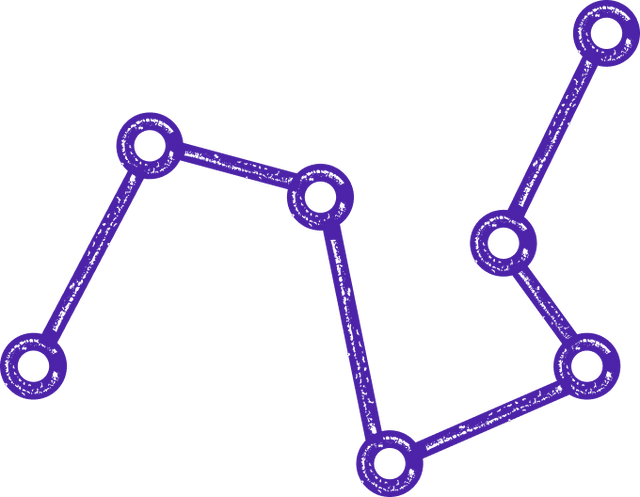
data type
Data Types: Shaping the Building Blocks of Information Representation
Data Types: The Pillars of Information Representation
In the realm of software development, data types serve as the pillars of information representation. They define the nature of data, including its format, range of values, and the operations that can be performed on it. Data types provide a means to categorize and organize information, ensuring that it is stored, manipulated, and interpreted correctly by software systems. By understanding and utilizing data types effectively, developers can ensure data integrity, optimize memory usage, and enable powerful data processing capabilities.
The Importance of Data Types
Why are data types so important? The answer lies in their ability to provide structure, clarity, and meaning to data. Data types enforce constraints, define the range of permissible values, and dictate the operations that can be performed on data. They play a crucial role in software correctness, as they help catch and prevent data-related errors, such as type mismatches or invalid operations. By using appropriate data types, developers can ensure accurate representation, facilitate efficient data manipulation, and enhance the overall reliability and maintainability of their software solutions.
Unveiling the Essence of Data Types
Data types are like the DNA of information within software systems. They come in various forms, such as primitive types (e.g., integers, floating-point numbers, booleans), composite types (e.g., arrays, structures), and abstract types (e.g., classes, interfaces). Each data type carries its own set of properties, behaviors, and constraints. Developers utilize data types to define variables, function parameters, return values, and other elements within their software. The choice of data types depends on the specific requirements of the problem domain, the range of values to be represented, and the desired operations to be performed.
Navigating the Data Type Landscape
Effectively navigating the landscape of data types requires a deep understanding of their characteristics, appropriate usage, and implementation details. Developers need to select the most suitable data types based on the nature of the data they are working with. They must consider factors such as memory usage, range of values, precision, and the required operations or transformations. Programming languages provide a range of built-in data types, and some even allow developers to define custom data types to suit specific needs. Familiarity with the available data types and their features enables developers to make informed decisions and design software solutions that handle information accurately and efficiently.
A Salute to Data Types: Empowering Information Representation
Amidst the ever-evolving landscape of software development, data types stand as the foundation of information representation. They empower developers to define, manipulate, and organize data with precision and efficiency. By embracing data types, developers become architects of information, ensuring accurate representation, enabling powerful operations, and driving the functionality and reliability of their software solutions.
So here's to data types, the building blocks of information representation. May your choices be deliberate, your representations accurate, and your software projects flourish with the magic of well-defined data types. Happy coding, and may your journey into the world of data types lead to the creation of robust, reliable, and efficient software solutions!
Fun fact: The concept of data types in programming languages dates back to the early days of computing, when languages like FORTRAN and COBOL were developed in the 1950s.
Let’s build your next digital product — faster, safer, smarter.
Book a free consultationWork with a team trusted by top-tier companies.








